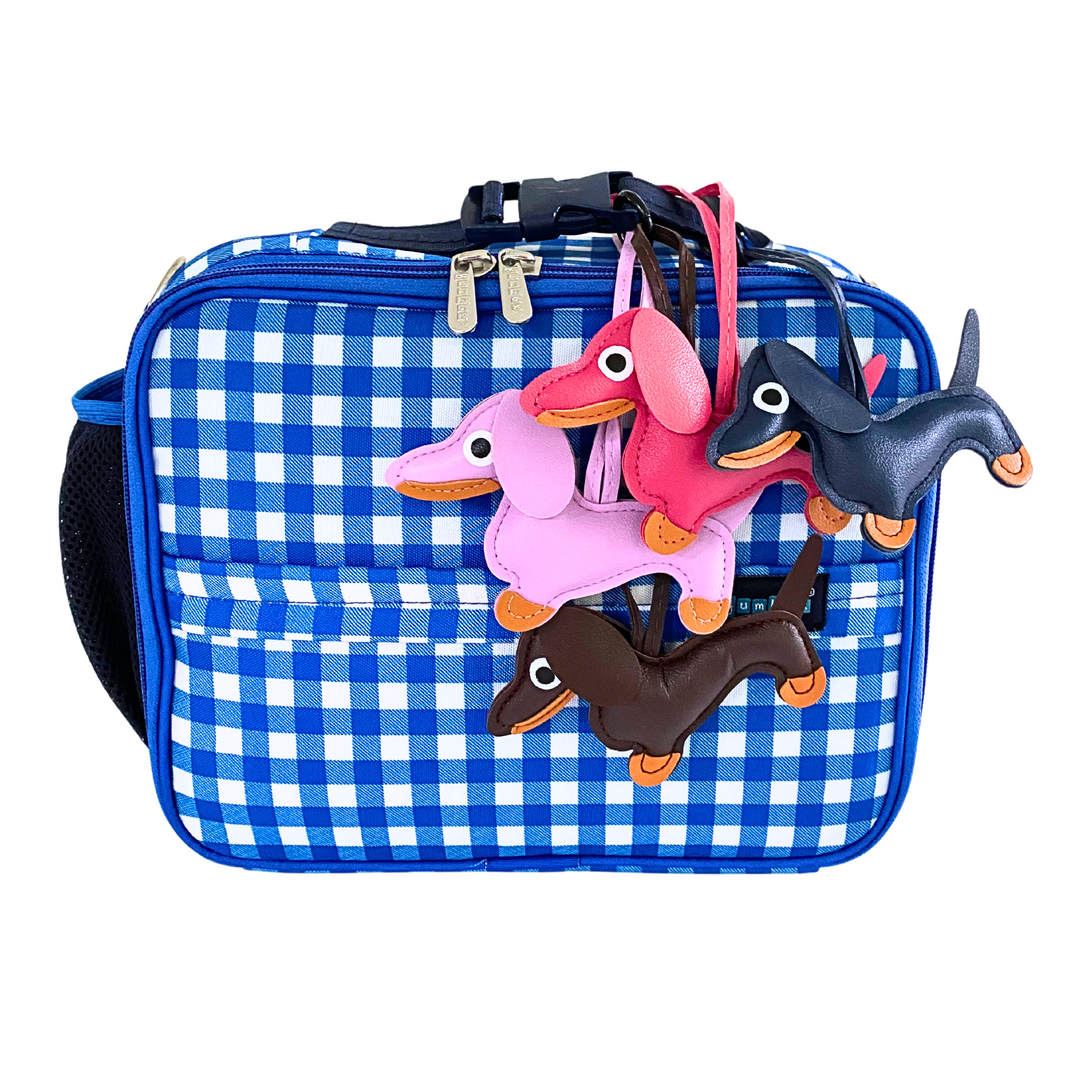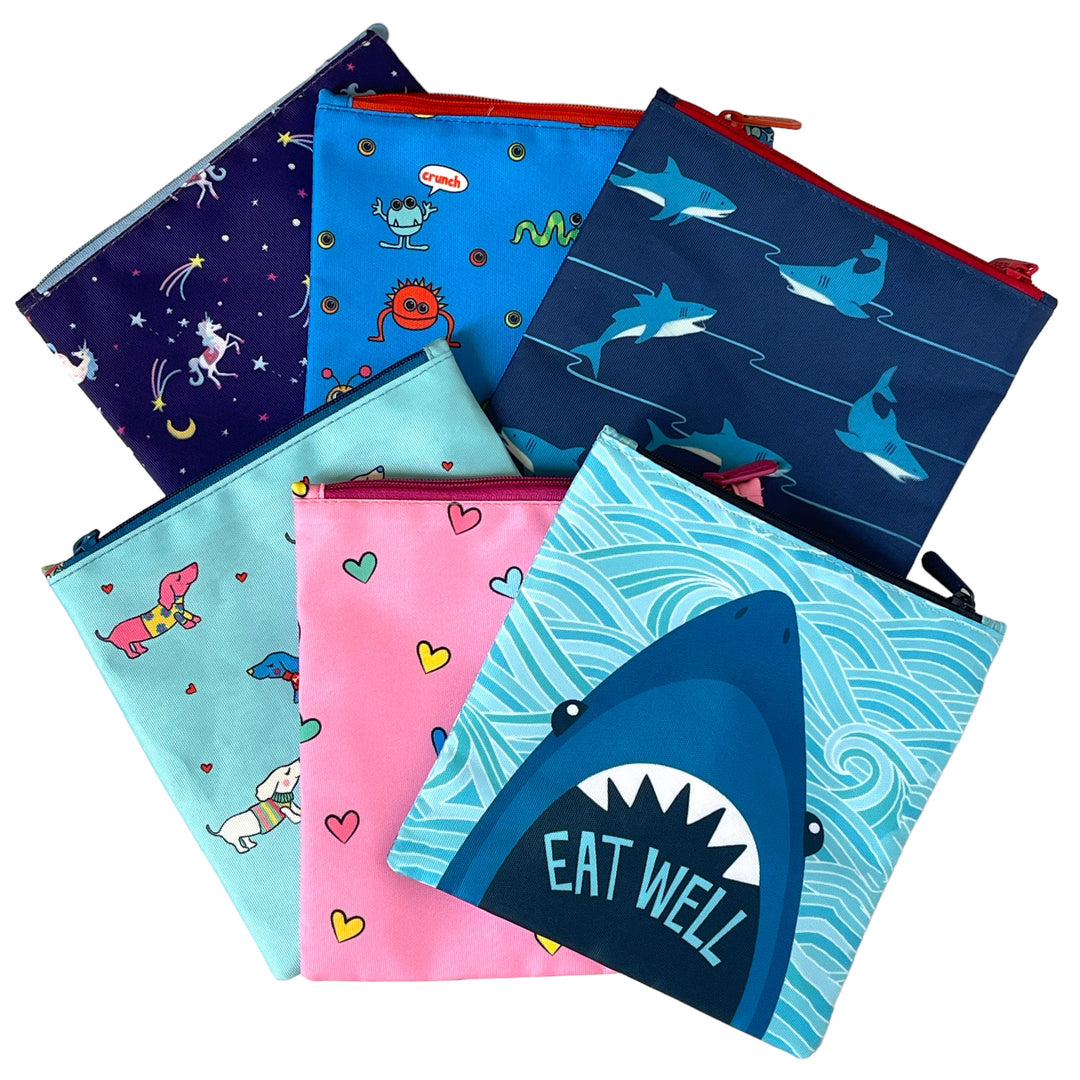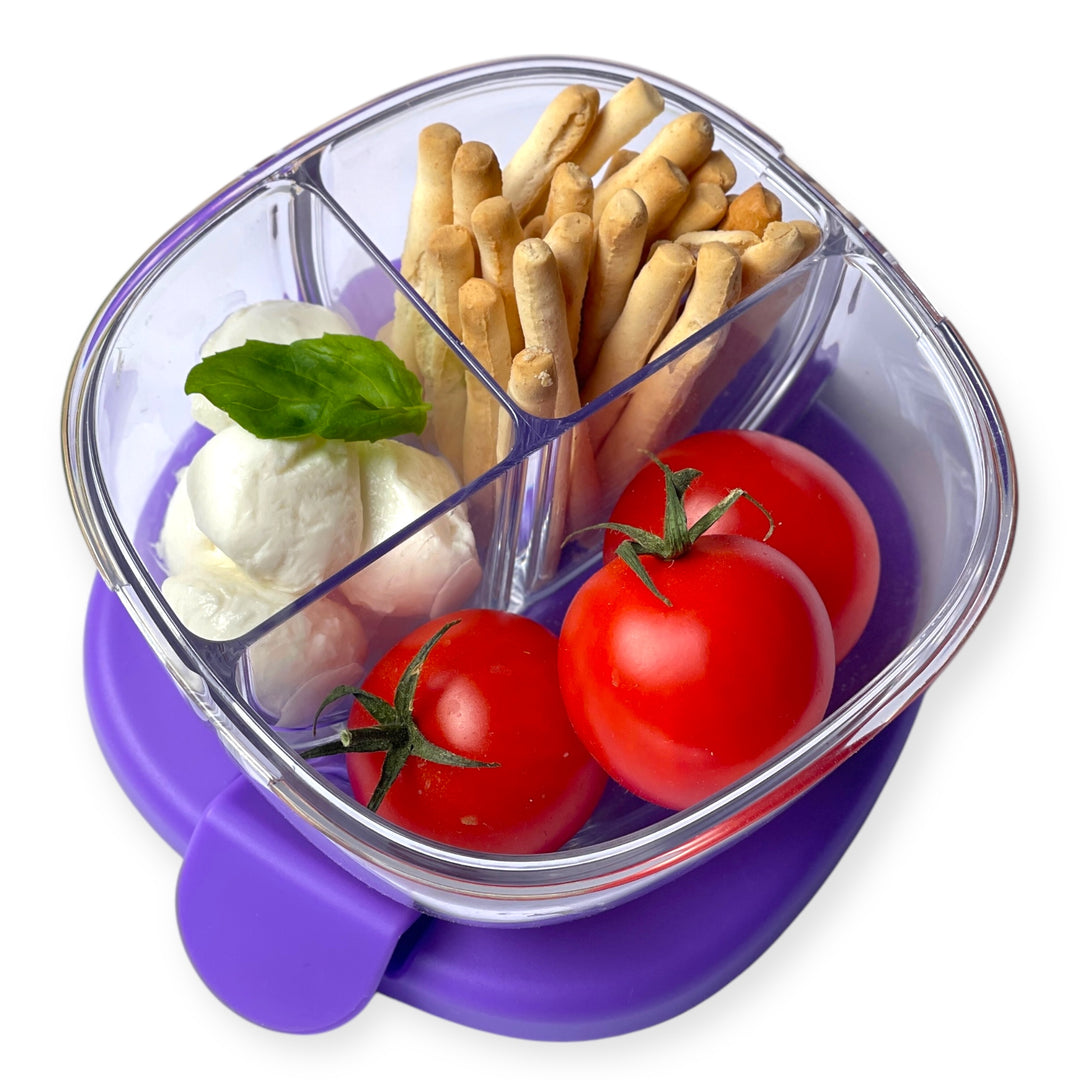Mediterranean Foods for Kids: Forming Healthy Habits Young
 Save
Save
The beauty of the Mediterranean diet is that it is accessible to everybody. The staples are fruits, vegetables, fish, nuts, grains and olive oil. Real food. Seasonal food. Economic food. Including these foods in your child’s lunchbox on a daily basis is easy. Here are some of our child friendly Mediterranean diet suggestions.
Childhood is the best time to form healthy eating habits. The Mediterranean diet, like Yumbox, is centered around simplicity, balance and moderation. And now there’s more reason than ever to emphasize the Mediterranean staples in your family’s diet. Recent studies show that people who follow the Mediterranean regime have better cardio health. So incorporate some of the listed staples in your child’s diet and they will thank you when they are older.

Olive Oil & Olives
Olive trees grow everywhere along the Mediterranean coast. The fruit, the olives themselves, and the oil produced are used in abundance. Incorporating olive oil in meals easy. Use it a base for salad dressings, pour it liberally over roasting meats or fish, or make it a part of your child’s lunch with pesto. Kids that appreciate the taste of olives will benefit from the added nutrition of eating them whole. Olives are considered a high-fat food - which is great news for children, as they need lots of the good fats for their growing bodies. Pack black olives or green olives - or even olives stuffed with anchovies into your child’s packed lunch. If your child hasn’t learned to love them, a good introduction may be an Olive Tapenade on crusty bread. Chances are they will become addicted to this very healthy lunch addition, however you choose to include them.

Nuts
Nuts are good for your child’s developing brain. It’s no wonder walnut shells look like little brains! Unless your child is allergic to nuts, there are many good reasons to include in your child’s lunchbox as often as possible. Walnuts, almonds, pistachio nuts, pine nuts, and cashews are all amazing sources of Omega-3 fatty acids and Vitamin E. Nuts are crunchy, flavorful and so easy to take along for healthy snacks. Nuts are also versatile in how they can be used: added to salads, rice pilafs, cakes, as a base for Walnut Pesto, sauces and of course, the morning granola.

Vegetables
Mediterranean climate means year-round vegetable crops. The staples are tomatoes, zucchini, eggplants and peppers. In Southern France, chard is also everywhere. They even make a sweet tart with it called Blettes. To include chard in your child’s lunch, simply cut them fresh into attractive strips for dipping in pesto or hummus. Also on the sweet side, mini zucchini muffins are perfect for lunch. Grilled or roasted vegetables with herbs are also a good bet. Roasted eggplant becomes an amazing dip called Babaganoush that can be enjoyed with grilled chicken or just with pita and some feta cheese.

Fruit
It doesn’t really matter what fruit you include in your child’s lunchbox, it’s all good for you. What does matter is seasonality and taste. But if you want to be a Mediterranean purist, these fruits are a must: citrus (oranges, clementines, lemons, mandarins), figs, pears, “fruits of the forest” (i.e. berries), melons, grapes, cherries and apricots. Try interesting combinations like an orange avocado salad with olives or greek yogurt topped with berries and walnuts!

Grains & Beans
Chickpeas, lentils, couscous, bulgur wheat, dried peas, cannellini beans and more are the energy boosting grains and beans that are the real foundation of a Mediterranean diet. Those are not only great sources of protein, but also of non-lactic calcium - things that your growing kids need a lot of. Lentil and chickpea salads are great lukewarm and should be easy to incorporate into your child’s lunchbox. Feeling more adventurous? Why don’t you make a chickpea pancake called Socca that can be eaten with a side of vegetables or some tuna salad.

Honey
The Mediterranean diet is not just about savory dishes. Honey is its sweet point. Known since the ancient times for its curative properties, honey is used till today as the daily preventive medicine. Incorporated honey into drinks, yogurt, dressings, cakes, and of course eaten with bread are excellent ways to keep some ailments at bay. Eating local honey can even help with seasonal allergies. Next time you send a yogurt for lunch with your child - choose a plain greek yogurt and add a teaspoon or two of honey and a sprinkle of nuts. Surprise your little one with these delicious Mini Honey-Walnut Cakes

Herbs & Garlic
To decrease overuse of salt, fat and sugar in your recipes, start incorporating more herbs and garlic in your recipes. Mediterranean foods are peasant foods after all. Think herbs like oregano, thyme, rosemary, bay leaf - plants that thrive in the Mediterranean region. Better yet, take a shortcut and buy Herbs de Provence and use those liberally in your dishes. If you can, grow fresh herbs in your garden or on a window sill. That’s a project that children will enjoy participating in. And nothing tastes as good as fresh mint or rosemary straight from the garden, tossed into a salad or on roasted vegetables. My children love mint. One of their favorite drinks is water with crushed mint leave. They like to make it themselves. That makes me pretty happy to see.

Fish
It would not be the Mediterranean Diet without fish. Unfortunately, it’s a bit difficult to send a beautiful grilled sea bream in a packed lunch. But there are other more portable and tasty options.In Southern France, the local sandwich is pan bagnat, which is really a big bun with tuna fish, egg, olive slices, radishes, peppers, artichokes, celery (you get the gist - lots of vegetables). It is seasoned with salt, pepper, olive oil and some balsamic vinegar. It’s basically a Salad Nicoise inside a bun. My kids love it. The other local staples are breadcrumb-coated and fried cod bites, which are just served with a squirt of lemon juice. So tasty. Salmon or tuna balls are easy to pack too. Momables has a wonderful Mini Tuna Balls recipe to try.





Leave a comment